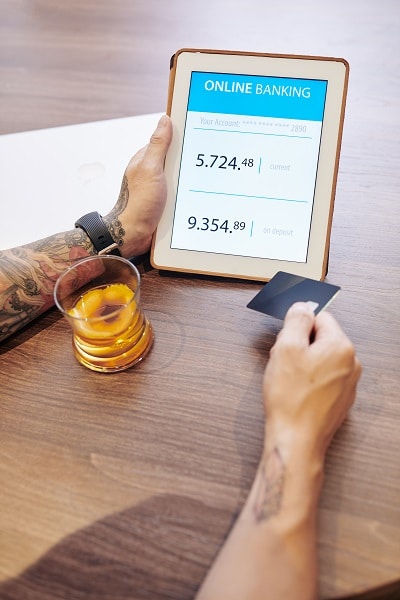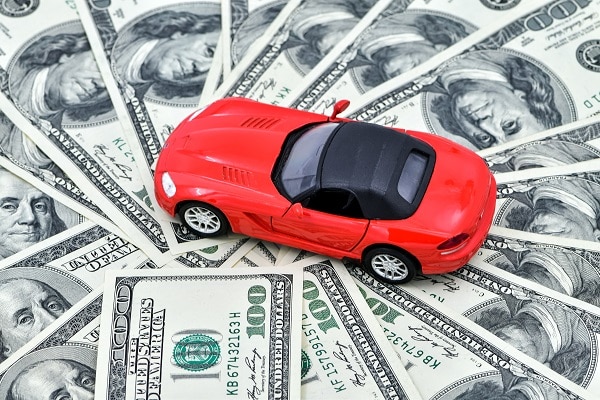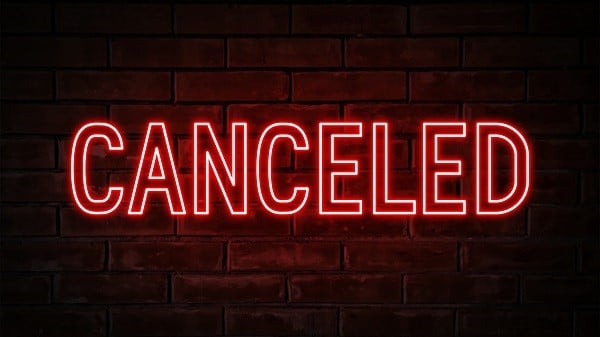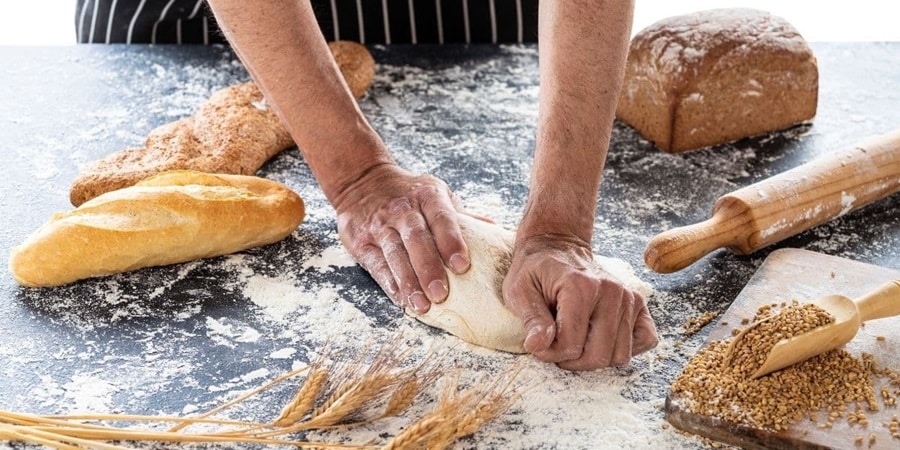Saving money is one of the most important things you can do for your financial future. If you want to afford a comfortable retirement or have some extra cash in case of an emergency, you need to start saving now. In this blog post, we will discuss eight different ways to save more money. Some of these tips may be familiar to you, but others may be new. Regardless, implementing even a few of these ideas could help you save hundreds or even thousands of dollars each year!
Contents
Record Your Expenses

The first step to saving money is to determine how much you spend. Keep track of everything you spend, including coffee, household items, and cash gratuities. Calculate the totals for each item by organizing the numbers into categories such as gasoline, groceries, and mortgage. Check your credit card and bank records to ensure that you’re correct—and don’t forget anything. This process may be tedious, but it is extremely helpful in identifying where you can cut back on your spending.
Set Up A Budget

If you don’t have a budget, now is the time to create one. Your budget is your financial lifeline (for some people, their literal lifeline). To begin, list every source of income-you possess. This might be your full-time job or a side hustle. Then detail all of your expenditures: mortgage payments, car loan payments, insurance premiums, utility bills, and anything else that’s required monthly.
Even though you don’t pay them in installments, you should include gas and food. Make line-item budgets for each class. Some are simple. For example, you probably pay the same amount of rent or a mortgage payment every month. However, food and gasoline might fluctuate from month to month, making an exact estimate difficult.
Make any necessary modifications if you’re off by a significant amount. Checking in on your budget allows you to watch your financial stability. Budgets are dynamic document that evolves over time. They’re not something you can set and forget about. So check yours as often as necessary. Please make sure you’re not spending more than you should and that all of your money is going where it needs to.
Budgeting Apps

You may keep track of your budget with a pen and paper or a spreadsheet, but you may also get budgeting software. Many budgeting apps connect to your bank accounts, credit cards, savings, and loan accounts to track your expenses and income.
You can create budgets for different categories, such as your car loan or home supplies. The program will notify you if you go over budget to correct the situation. Budgeting applications are beneficial if you want additional help managing your money. Apps such as Mint and You Need A Budget are popular, free options.
High-Yield Savings Account

Like a competitive CD, a high-yield savings account is an appealing alternative for individuals wanting to increase their savings while still having simple access to the funds in case of an emergency. A traditional checking account would most likely provide you with less than 0.01 percent APY. Meanwhile, the highest paying high-yield savings account pays around 0.65 percent APY.
You may open a savings account to build an emergency fund or save for a holiday or home repairs while providing security and liquidity. However, suppose you need to withdraw or transfer portions of your cash frequently. In that case, the limitations of a savings account may be an issue because there is a restriction of six withdrawals or transfers per month under Federal Reserve rules on bank reserves.
Another thing to consider is that a high-yield savings account may provide a sign-up bonus or an interest rate boost. You’ll likely need to keep a sizable minimum balance in the account to get the higher rate.
Save On Auto Bill

If you’ve already combined your house and vehicle insurance, there are additional ways to save on automobile-related expenses. If you don’t have sufficient money for your car payment, you may request alternative payment choices from your lender. Many lenders do not want to repossess your automobile or even charge penalties. Inquire about any financial hardship programs that are accessible.
Some allow for deferrals. Increase your deductible or look into getting a lower rate because you’re a safe driver. Check around for rates and see if your insurance provider will match competing offers. If not, consider switching firms to save money on monthly premiums. If you’re leasing a vehicle, you might want to consider buying it at the end of the lease. Doing this could cut your monthly payments by 50%
Cancel Subscriptions

You might have had a beauty box, a coffee box, and a wine box show up at different times throughout the month. However, these payments can build up, so tracking them is essential. You may not need that extra $50 a month coming out of your account if you’re struggling to make ends meet.
If you have groceries delivered or use a service such as DoorDash for takeout meals, try cooking at home more frequently. It’ll be healthier for you and your wallet in the long run. Meal delivery services can cost around $60 per week when feeding only one person. That same amount of money could provide you for an entire month if you cook at home instead.
Conclusion
Overall, there are many things you can do to save money. You should start by evaluating your current expenses and see where you can cut back. You may be surprised how much money you can save by making minor changes to your spending habits. Then, try to find ways to save that work for you and stick with them. Saving money doesn’t have to be difficult, but it does require some effort and discipline. With a little bit of planning, you can easily find ways to put more money into savings each month.


